The Nixa High School mock election wrapped up on Monday, Nov. 4. The presidential, senate and governor results reflected statewide and national outcomes that took place in the November election.
Advanced placement government teacher Alexander Edwards, along with Cabinet members ran the mock election Oct. 31 through Nov. 4 at the high school.
“[The] mock election is a simulated election that uses the same questions from the actual ballot, and it gives our students an opportunity to get involved in the democratic process,” Edwards said.
Students lined up outside of the computer lab. As each student got their names checked off a list, specific to their grade levels, they entered the room and sat down at a computer. Then they filled out a Google form survey, stopping at each question and considering the potential results of their vote.
On the ballots, there were an array of questions, including amendments to the Missouri state constitution.
“It’s a better representation of what students will be getting themselves into later in life when they are actually voting come election day,” senior Alex Dollar said. “Also, I think students not really knowing about the amendments and understanding them is also a representation of politics in general.”
Aside from trying to make the mock election realistic, there were a few issues Cabinet encountered when trying to prevent people from talking to each other when voting.
“We had quite a bit people … as a joke, saying who to vote for,” Dollar said. “People [were] also asking what amendments meant because they didn’t know, and they didn’t even … know they would be voting for those in the first place.”
By the second day of the mock election, Cabinet members tried to stop students from discussing with each other while voting, by setting up cardboard dividers at each computer.
Edwards said that his primary goal in hosting the mock election was for students to model the democratic process.
“I care that they get to participate and see what it looks like,” Edwards said. “What I like is that we included all the amendment issues, and we had a lot of comments from students who started to vote and said, ‘I didn’t realize the ballot was this long.’“
To learn about the topics covered on ballots, Edwards said there are a lot of resources like The League of Women Voters.
“One of the best [resources] is the League of Women Voters,” Edwards said. “They’re a local organization. … They’ll bring in information from the national candidates and try to give a snapshot of what those people stand for. They’ll also, kind of break down the amendment issues so that people can understand them better.”




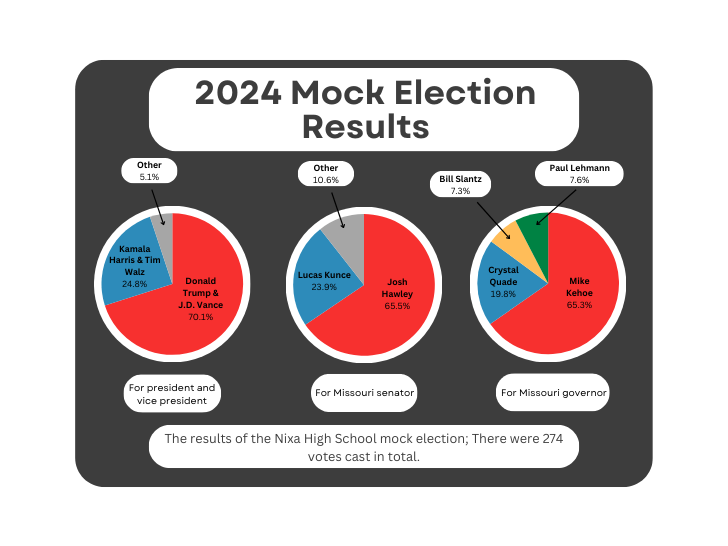
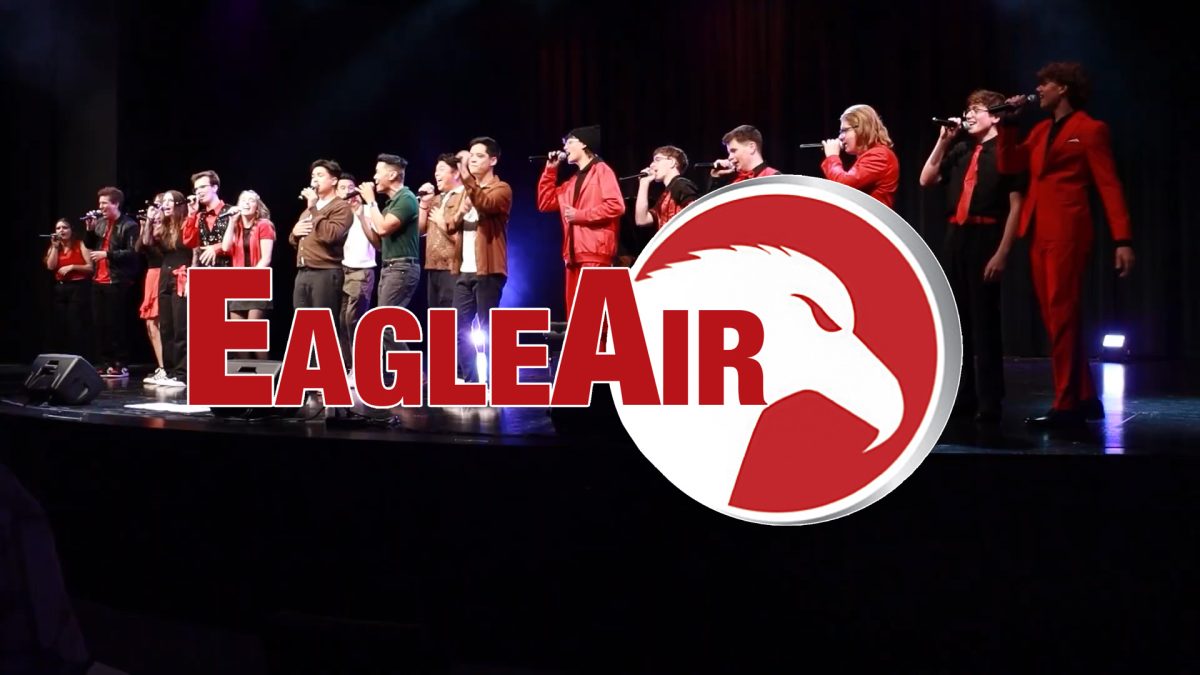
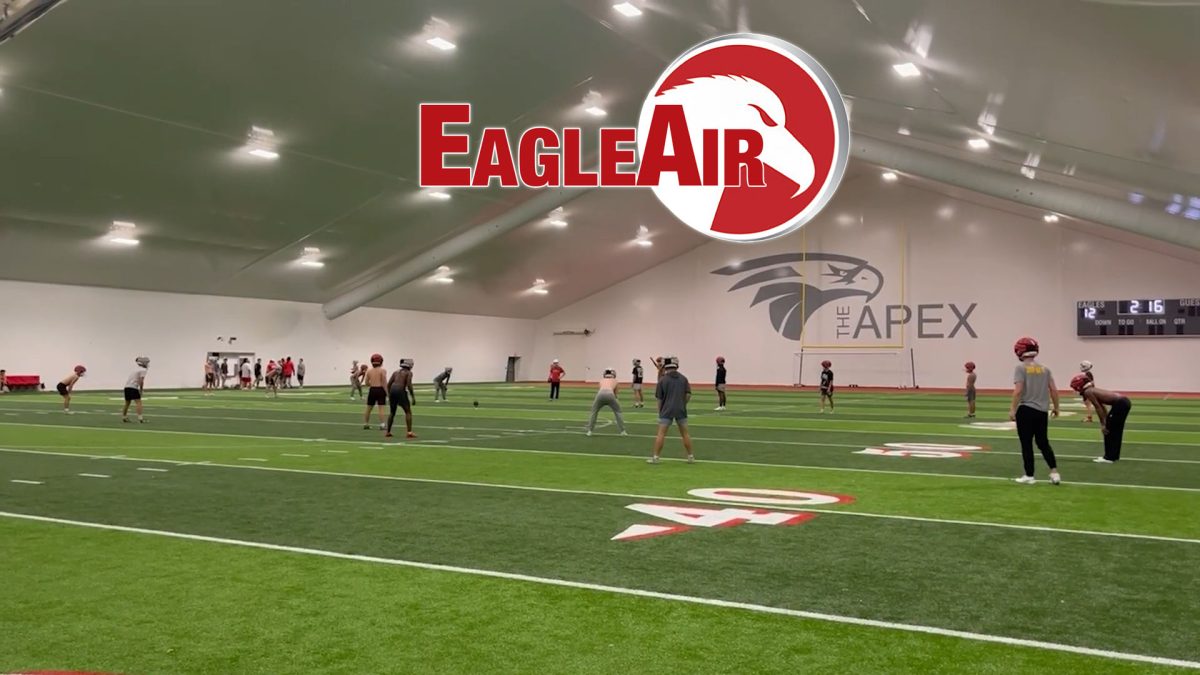
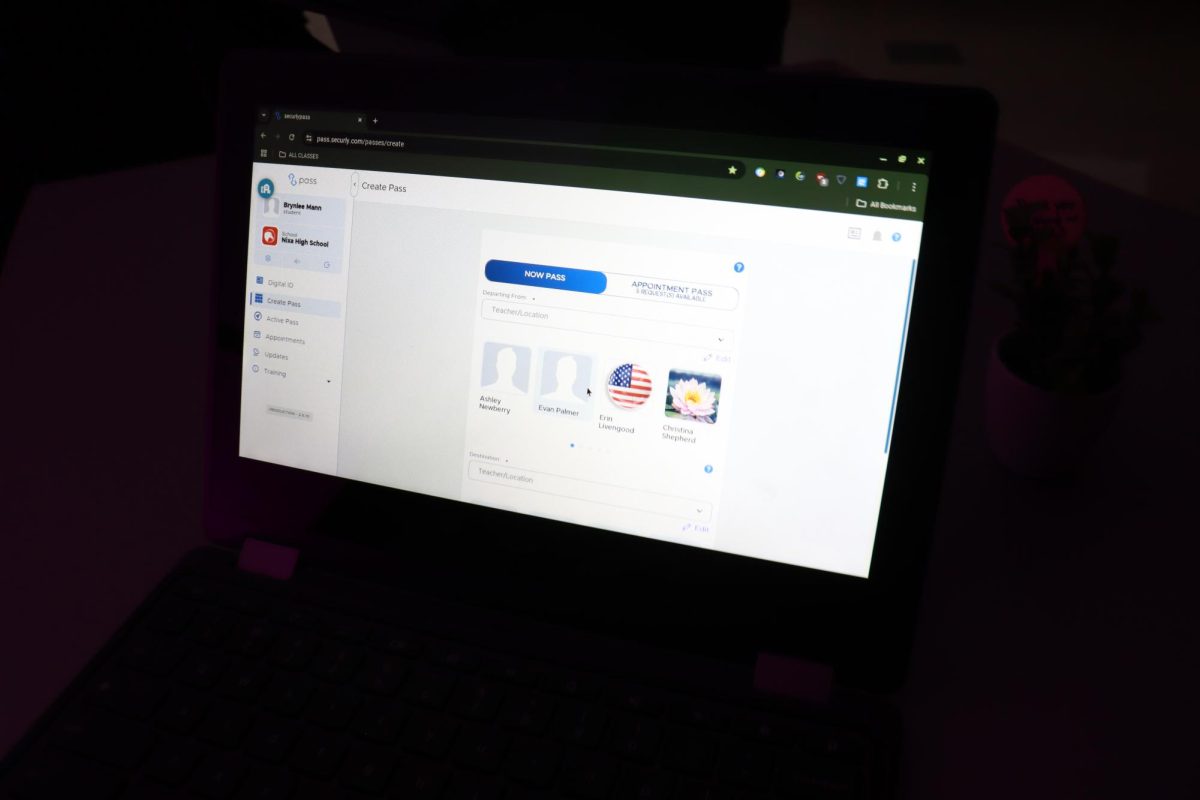
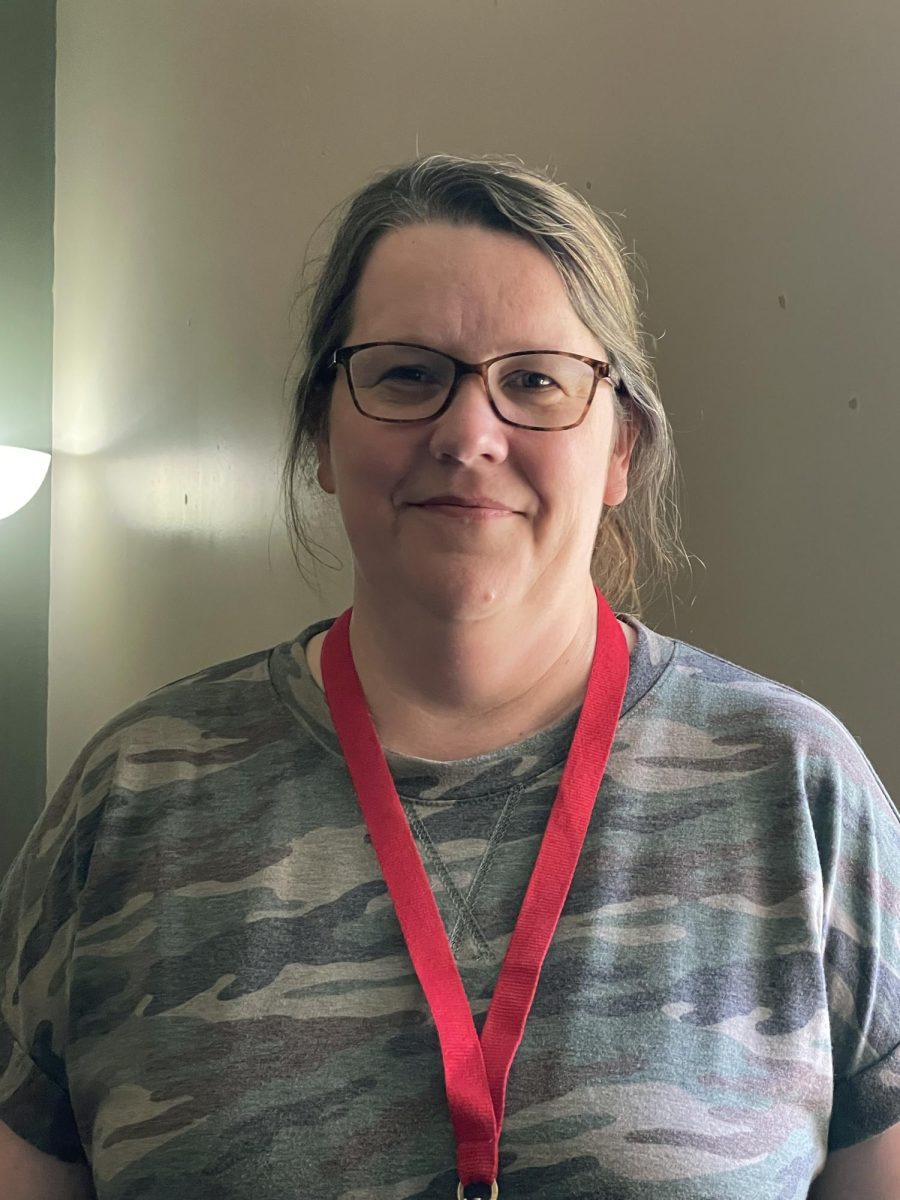




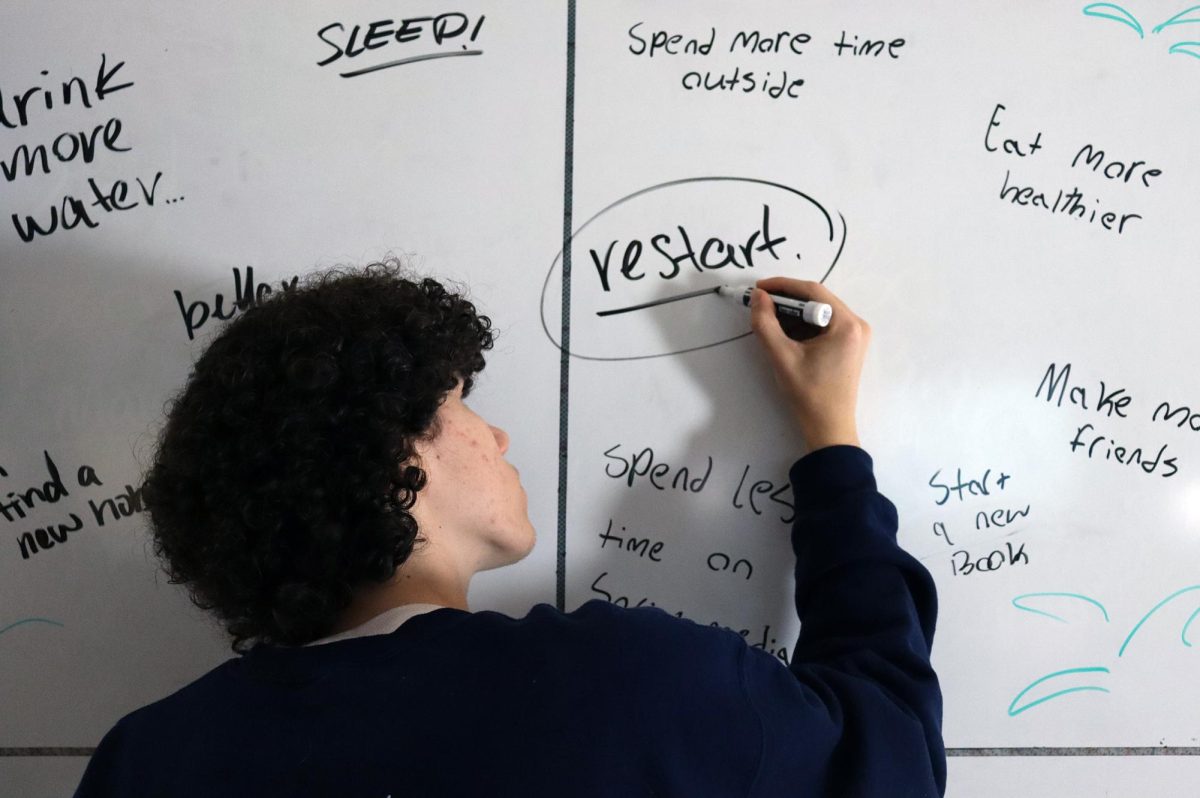

![“You have to recognize that you have a problem and it's affecting your life in a seriously harmful way, but you also have to take the steps to avoid [bed rotting] and also to put yourself out there,” Missouri State University sophomore Marielle Chu said.](https://nixajournalism.net/wp-content/uploads/2025/05/bedrotting-1140x1200.jpg)
